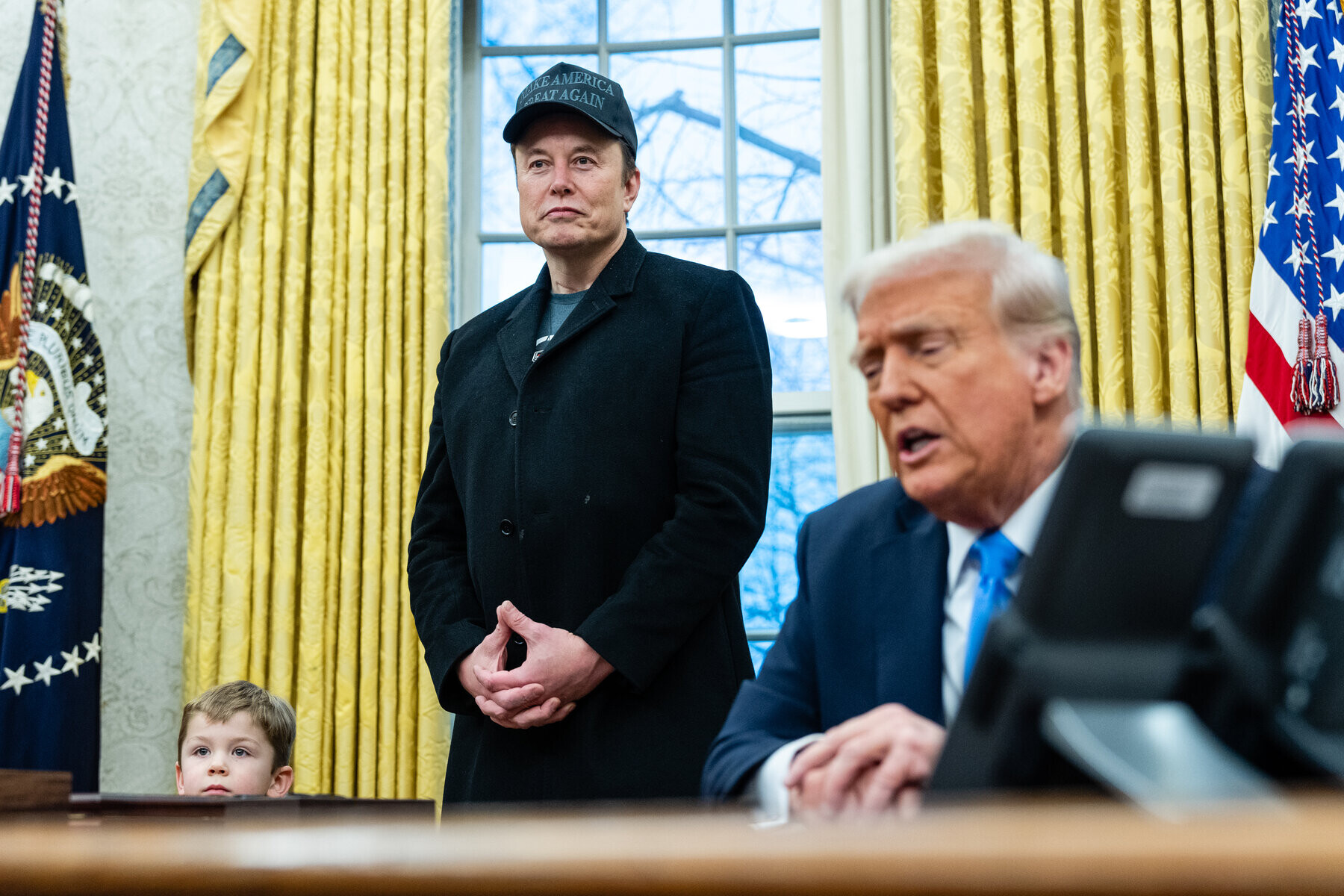Editorial
A theme of institutionalism emerges in this second issue of Memo, its shadow seeming to lurk throughout the pages.
By Paris Lettau
Issue 2, Spring/Summer 2024/25
A theme of institutionalism emerges in this second issue of Memo, its shadow seeming to lurk throughout the pages. Perhaps it’s because the Tennant Creek Brio, this issue’s artist focus, is about to cross an institutional threshold. Its artists are currently gearing up for the first major survey of the collective’s work at the Australian Centre for Contemporary Art.
Maurice O’Riordan draws on the late, great conservative art critic Robert Hughes to speak of the shock waves that the Brio continue to produce even as they achieve growing recognition. Jessyca Hutchens also rides one of those waves, reflecting on the 2023 exhibition of the Brio’s work Black Sky that she co-curated. But it is Tristen Harwood, in the most wide-reaching history of the collective published to date, who circles in on the Brio’s breakout. He refers to an “imprisoned energy” whose unleashed force the artists stage rather than proselytise about.
A force unleashed implies a countervailing border force — unspoken policies and norms that protect against such breakouts. And in response to this shadow institution, Brio collaborator Lévi McLean shines a light on the darker side of collaboration: its other meaning as a traitorous cooperation with a perceived enemy. In his contribution to a selection of responses on collectivity, McLean speaks of an “embodiment of paradox” where moral high ground is lost to institutional collaboration, with compromise and even betrayal becoming the game.
Alexis Destoop and Paul Boyé develop McLean’s leitmotif. Whereas Destoop turns away from the institution, Boyé turns toward it, calling on artists to transition from rearguard institutional critique to avant-garde institutional conflict (a dynamic that is already underway). The themes of conflict and betrayal appear in a conversation between Kate Sutton and David Velasco, editor-in-chief of Artforum from 2017 to 2023. The two reflect on the situation surrounding Velasco’s firing by Penske Media, owner of Artforum, following publication of a collective ceasefire letter in October 2023.
There is plenty more in this issue too. Jarrod Zlatic’s article on little-known mid-century Australian artist Charles Bush’s “freakish pop art outlier” — a painting of Donald Duck produced ten years before pop art — suggests art history’s difficulty in prescribing its own categories. Vincent Lê writes on the “hipster death cult” of Wes Anderson’s twee aesthetic; Declan Fry on language’s amoral violence; Philip Brophy on Yoko Ono’s Cut Piece; and Audrey Schmidt on the “Kool” Kim Gordon and Amelia Winata on the “uncool” hyperrealism of Edie Duffie.
Elsewhere, you will find Carmen-Sibha Keiso on Alexandra Peters (a 2024 Macfarlane Commission artist). If the institution is modernity’s vehicle of recognition, in an age characterised by a crisis of recognition, Carmen singles out an artistic subjectivity that desires to be reduced to “anonymity or annihilation.”
And what more could the artist be reduced to than a brand name? Drawing on, of all things, Shakespeare studies, Rex Butler questions the new institutionalism in Emily Kam Kngwarray, a major exhibition of the eminent artist’s work recently held at the National Gallery of Australia (and set to travel to the Tate Modern), which rewrites her brand. If Butler argues against her work being interpreted as exclusively Indigenous art, he also insists that it is not bounded by Western art and contemporary settler Australia. Like all great art, her work is, Butler claims, universal. It allows us to question all the categories we might apply to it, and even to look upon our own time and place — and even ourselves — from elsewhere.
— Paris Lettau, Editor-in-Chief
Related

Artistic resistance, from Ai Weiwei to Archie Moore’s kith and kin, punctures the facades of power as Australia’s art institutions wobble between defending creative freedom and capitulating to a rising culture of control.

I have begun to desire noise. Noise that prompts. Maybe wounds. I want to remember something that feels tangible, and if I have no memory of how this feels I want to create one.